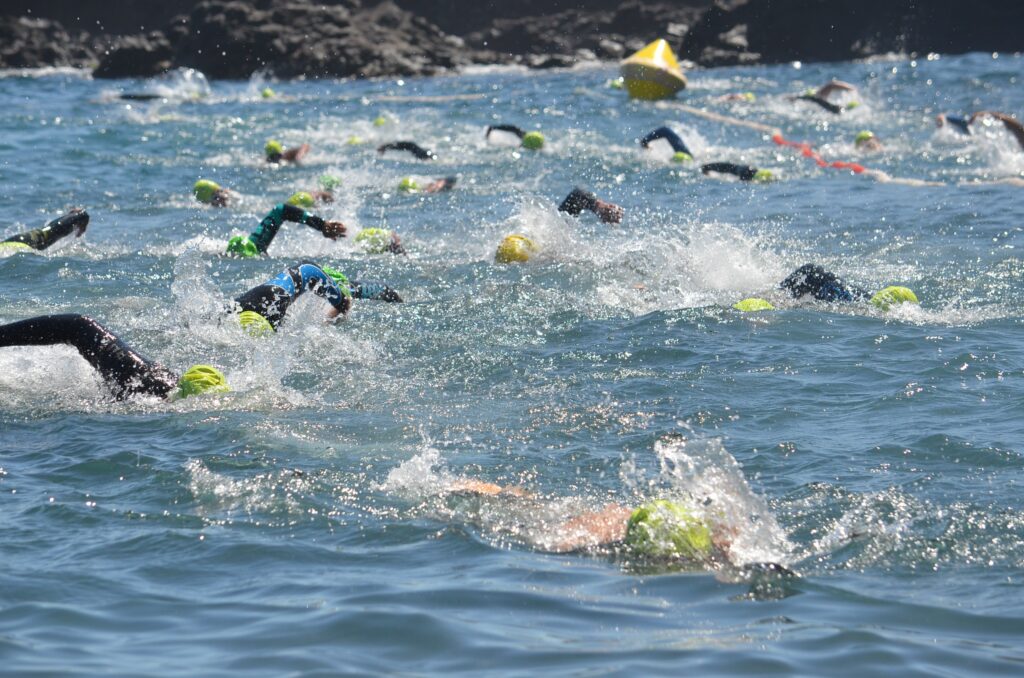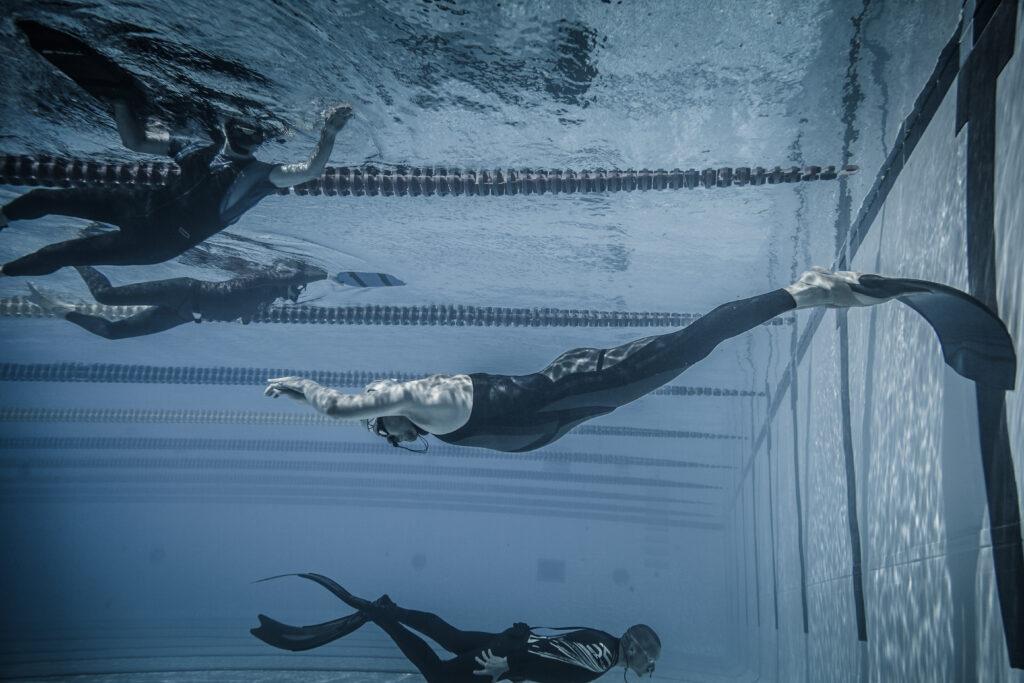Ice baths have become a popular recovery method among athletes and fitness enthusiasts, with many claiming that they help reduce muscle soreness and speed up recovery time. However, the question remains: are ice baths really worth the hype when it comes to aiding recovery?
Proponents of ice baths argue that the cold temperature helps reduce inflammation and swelling, which can lead to faster recovery times. They also claim that ice baths can help improve circulation and reduce muscle soreness, making it easier to return to training sooner.
On the other hand, some experts argue that the benefits of ice baths may be overstated. They point out that while ice baths may help reduce inflammation in the short term, they may not be any more effective than other recovery methods in the long term. Additionally, some athletes may find ice baths uncomfortable or even painful, which can make them less likely to use this method consistently.
Understanding Ice Baths
Ice baths have become a popular trend among athletes and fitness enthusiasts as a recovery aid. But what exactly are ice baths, and how do they work?
An ice bath is a form of cold therapy that involves immersing the body in ice-cold water for a short period. The recommended temperature for an ice bath is between 10-15°C, and the duration of the bath can vary from 5-20 minutes.
The theory behind ice baths is that the cold water causes vasoconstriction, which reduces blood flow to the muscles and tissues. This reduction in blood flow is said to help reduce inflammation and muscle soreness, aiding in recovery after intense physical activity.
However, the evidence supporting the effectiveness of ice baths is mixed. Some studies have found that ice baths can help reduce muscle soreness and improve recovery, while others have found no significant difference between ice baths and other recovery methods.
It’s worth noting that ice baths are not suitable for everyone. People with certain medical conditions, such as Raynaud’s disease, should avoid cold therapy. Additionally, prolonged exposure to cold water can lead to hypothermia, so it’s essential to monitor the water temperature and duration of the bath carefully.
In summary, ice baths are a form of cold therapy that may help aid recovery after intense physical activity. However, the evidence supporting their effectiveness is mixed, and they may not be suitable for everyone. As with any recovery method, it’s essential to consult with a healthcare professional before trying ice baths.
The Science Behind Ice Baths
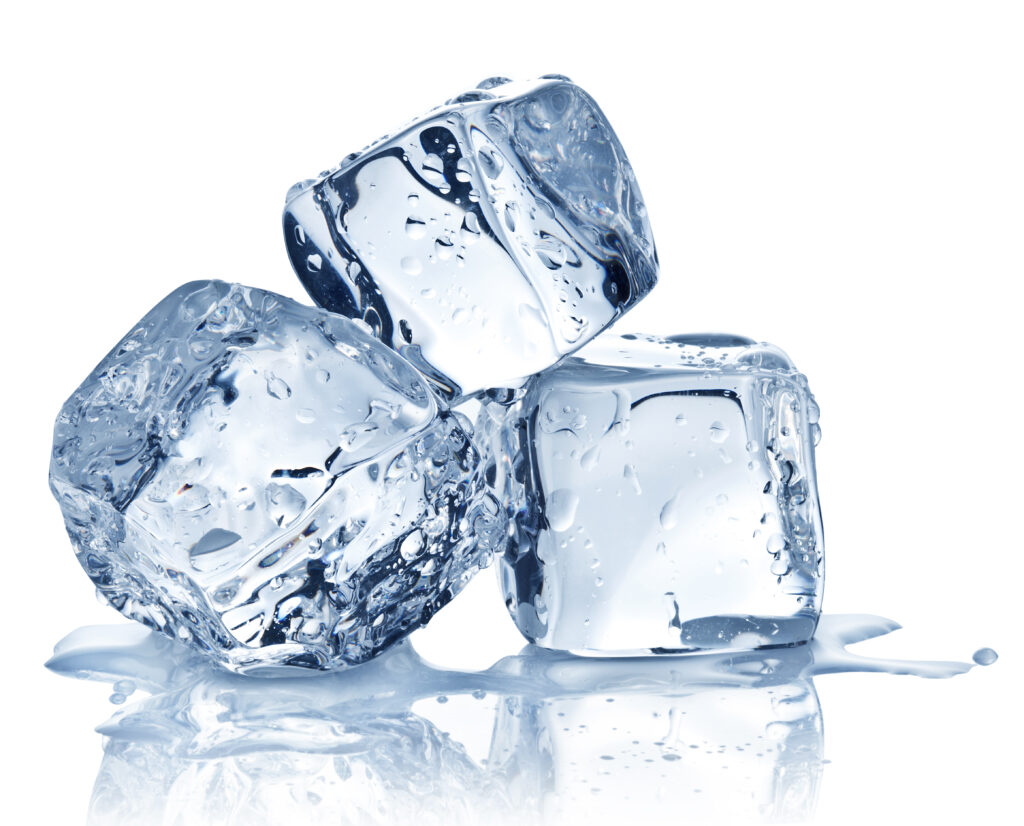
Effects on Muscle Recovery
Ice baths have been touted as a popular recovery method among athletes and fitness enthusiasts. The theory behind it is that the cold water immersion helps to reduce muscle soreness and promote recovery after intense physical activity. But what does the science say?
Research suggests that ice baths may indeed have some benefits for muscle recovery. A study published in the Journal of Science and Medicine in Sport found that ice baths were effective in reducing muscle soreness and improving recovery following a strenuous workout. The researchers suggest that the cold water immersion may help to reduce inflammation and muscle damage, which in turn can lead to faster recovery.
Effects on Inflammation and Swelling
In addition to its potential benefits for muscle recovery, ice baths may also have an effect on inflammation and swelling. When the body is exposed to cold temperatures, blood vessels constrict, which can help to reduce swelling and inflammation. This is why many people use ice packs to treat injuries such as sprains and strains.
A study published in the Journal of Athletic Training found that ice baths were effective in reducing inflammation and swelling following a simulated soccer match. The researchers suggest that the cold water immersion may help to reduce the production of pro-inflammatory cytokines, which are molecules that contribute to inflammation.
Overall, while more research is needed to fully understand the effects of ice baths on recovery and inflammation, the existing evidence suggests that they may be a useful tool for athletes and fitness enthusiasts looking to improve their performance and reduce muscle soreness. However, it is important to note that ice baths are not suitable for everyone, and individuals with certain medical conditions should avoid them.
Comparative Analysis: Ice Baths Vs Other Recovery Methods
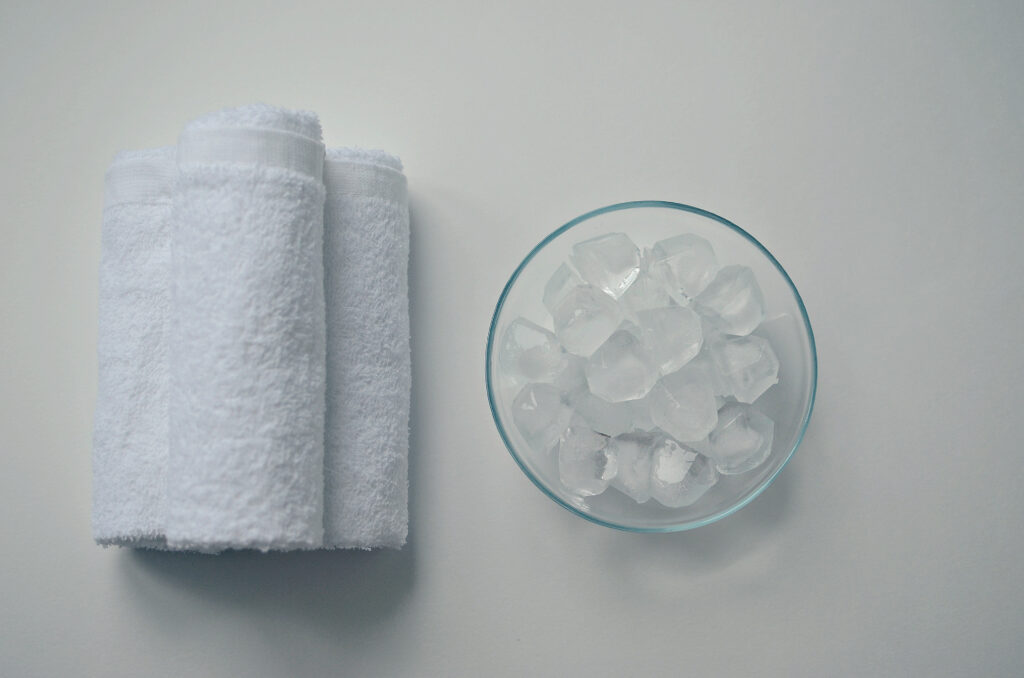
When it comes to aiding recovery, there are several methods that athletes and fitness enthusiasts use. Here is a comparison of ice baths with other recovery methods:
Compression Garments
Compression garments are tight-fitting clothing items that help improve blood flow and reduce muscle soreness. They are commonly used by athletes and fitness enthusiasts after intense workouts or competitions. While compression garments can help reduce muscle soreness, they do not have the same effect as ice baths in reducing inflammation.
Foam Rolling
Foam rolling is a self-massage technique that involves using a foam roller to apply pressure to sore muscles. It is commonly used to reduce muscle soreness and improve flexibility. While foam rolling can help reduce muscle soreness, it does not have the same effect as ice baths in reducing inflammation.
Stretching
Stretching is a common recovery method that involves elongating muscles to reduce soreness and improve flexibility. While stretching can help reduce muscle soreness, it does not have the same effect as ice baths in reducing inflammation.
Contrast Water Therapy
Contrast water therapy involves alternating between hot and cold water to reduce muscle soreness and improve circulation. While contrast water therapy can help reduce muscle soreness, it does not have the same effect as ice baths in reducing inflammation.
Cryotherapy
Cryotherapy involves exposing the body to extremely cold temperatures for a short period of time to reduce inflammation and muscle soreness. While cryotherapy can be effective in reducing inflammation, it is not as accessible as ice baths and can be expensive.
Overall, while other recovery methods can be effective in reducing muscle soreness and improving recovery, ice baths have been shown to be one of the most effective methods in reducing inflammation.
Potential Risks and Side Effects of Ice Baths
While ice baths have been touted as a beneficial recovery tool, there are also potential risks and side effects to consider before jumping in.
One of the biggest risks is hypothermia, which occurs when the body’s core temperature drops below 35°C. This can lead to shivering, confusion, and even unconsciousness. While it is unlikely that an ice bath will cause hypothermia, it is important to monitor your body temperature and limit the amount of time spent in the bath.
Another potential side effect is vasoconstriction, which is the narrowing of blood vessels. This can reduce blood flow to the muscles and slow down the recovery process. While vasoconstriction is a natural response to cold, prolonged exposure to ice can exacerbate the issue.
In addition, some people may experience skin irritation or even frostbite from prolonged exposure to cold water. It is important to limit the amount of time spent in the bath and to monitor your skin for any signs of damage.
Finally, it is important to note that ice baths are not suitable for everyone. People with certain medical conditions, such as Raynaud’s disease or cold urticaria, should avoid ice baths altogether.
Overall, while ice baths can be a useful tool for aiding recovery, it is important to consider the potential risks and side effects before using them. It is recommended to consult with a healthcare professional before incorporating ice baths into your recovery routine.
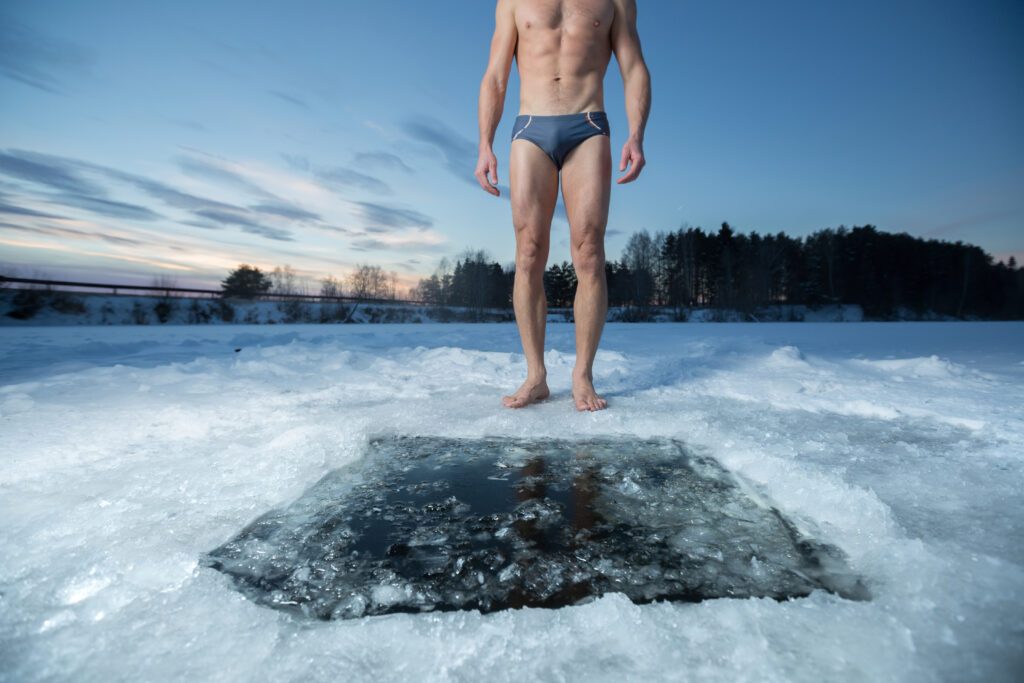
Expert Opinions on Ice Baths
Ice baths have been a popular recovery method among athletes for years, but are they really worth the hype? To answer this question, it’s important to consider the opinions of experts in the field.
According to Dr. John Berardi, co-founder of Precision Nutrition, ice baths can be effective for reducing inflammation and soreness after intense exercise. However, he notes that this method may not be suitable for everyone, especially those with certain medical conditions or injuries.
Similarly, Dr. Michael Joyner, a professor of anaesthesiology and sports medicine at the Mayo Clinic, suggests that ice baths can be helpful for reducing inflammation, but warns that they may not be necessary for everyone. He recommends that athletes listen to their bodies and use ice baths only when they feel they are necessary.
On the other hand, some experts are more sceptical of the benefits of ice baths. Dr. Martin Hoffman, a professor of physical medicine and rehabilitation at the University of California, Davis, suggests that there is little scientific evidence to support the use of ice baths for recovery. He notes that other methods, such as active recovery, may be just as effective and less uncomfortable.
Overall, the opinions of experts on ice baths are mixed. While some believe that they can be helpful for reducing inflammation and soreness, others suggest that they may not be necessary or effective for everyone. As with any recovery method, it’s important for athletes to listen to their bodies and use ice baths only when they feel they are necessary.
Conclusion
In conclusion, while there is some evidence to suggest that ice baths may aid in recovery, more research is needed to fully understand their benefits. Some studies have shown that ice baths can reduce inflammation and soreness, but others have found no significant difference between ice baths and other recovery methods.
It’s important to note that ice baths are not suitable for everyone, and can even be harmful in some cases. People with certain medical conditions, such as Raynaud’s disease, should avoid ice baths altogether. Additionally, prolonged exposure to cold temperatures can lead to hypothermia, which can be life-threatening.
Overall, whether or not ice baths are worth the hype when it comes to aiding recovery is still up for debate. While they may provide some benefits for certain individuals, they are not a one-size-fits-all solution. It’s important to consult with a healthcare professional before incorporating ice baths into a recovery routine, and to listen to your body to determine what works best for you.




